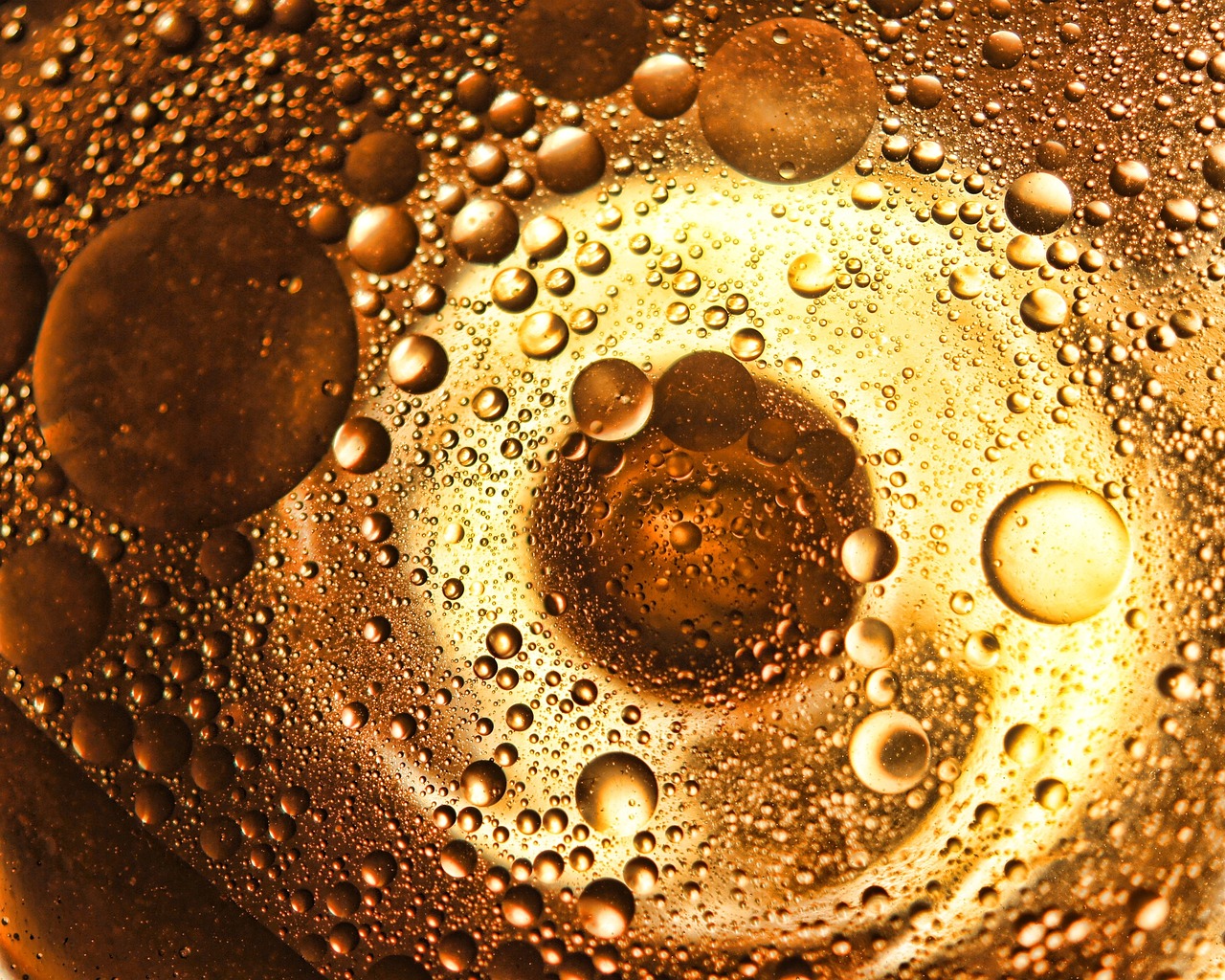Oil and fluids are the lifeblood of industries worldwide. They fuel our vehicles, power our factories, and facilitate countless other essential processes. The transportation of these vital liquids is a task that holds immense responsibility and requires specialized expertise. Transport and Freight Solutions aims to simplify this process, ensuring safety, efficiency, and reliability. This article delves into the basics of oil and fluid transportation, highlighting its importance and the measures taken to ensure its smooth flow.
Transportation Of Oil And Fluids

Types of Liquids Transported
When discussing oil and fluid transportation, the spectrum of liquids being moved is broad and diverse. Here’s a more detailed look at some of these essential liquids and their significance:
- Crude Oil: This unrefined petroleum product, extracted directly from the earth, is the starting point for various products. It’s transported to refineries and processed into fuel and other derivatives.
- Petroleum Products:
- Gasoline: The primary fuel for most vehicles on the road.
- Diesel: Powers trucks, buses, and many industrial machines.
- Jet Fuel: Essential for aviation.
- Lubricants: These keep our machines and engines running smoothly.
- Chemicals: This could range from acids used in manufacturing processes and bases used in cleaning agents to specialized fluids essential in industries like pharmaceuticals and cosmetics.
- Edible Oils: These are significant in our diets and the food industry.
- Sunflower Oil: Often used for frying and in salads.
- Palm Oil: Found in numerous processed foods, cosmetics, and biodiesel.
- Soybean Oil: A versatile oil used both for cooking and industrial purposes.
- Water: Bulk water transportation becomes essential for human consumption and agricultural needs in regions grappling with water scarcity.
- Liquefied Natural Gas (LNG): With the shift towards cleaner energy sources, LNG is seeing an uptick in transportation.
Safety Comes First
The transportation of oils and fluids poses a set of unique challenges. From avoiding spills to ensuring the liquid doesn’t get contaminated, safety remains a top priority. Transporters use specially designed tanks with multiple layers and protective coatings. These tanks are routinely checked for leaks or damages. Furthermore, drivers and operators receive specialized training to handle emergencies and understand the properties of the liquids they transport
Mode of Transportation
Different modes are suitable for different types of liquids and distances:
- Pipelines: Ideal for long distances, especially for crude oil.
- Trucks and Tankers: Suitable for shorter distances and offer more route flexibility.
- Ships: Perfect for international transportation, especially across oceans.
- Rail: Efficient for large quantities over land, often used for chemicals and other industrial fluids.
Environmentally Responsible:
Transportation has gotten a lot greener lately. Thanks to some cool new tech and methods, there’s less pollution, fewer spills, and better energy use. At Transport and Freight Solutions, we prioritize environmentally-friendly practices, ensuring that our planet remains protected while we deliver essential oils and fluids.
